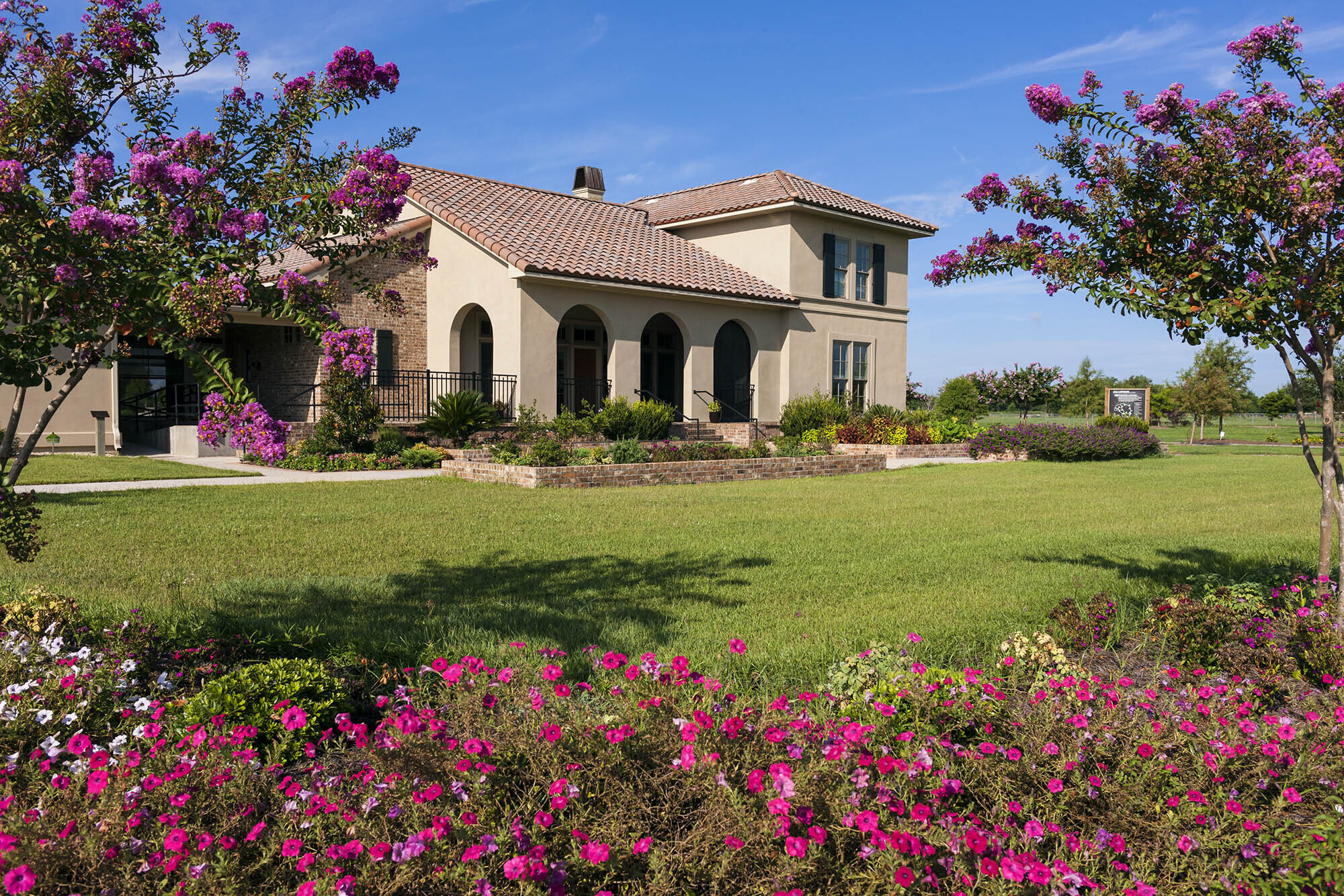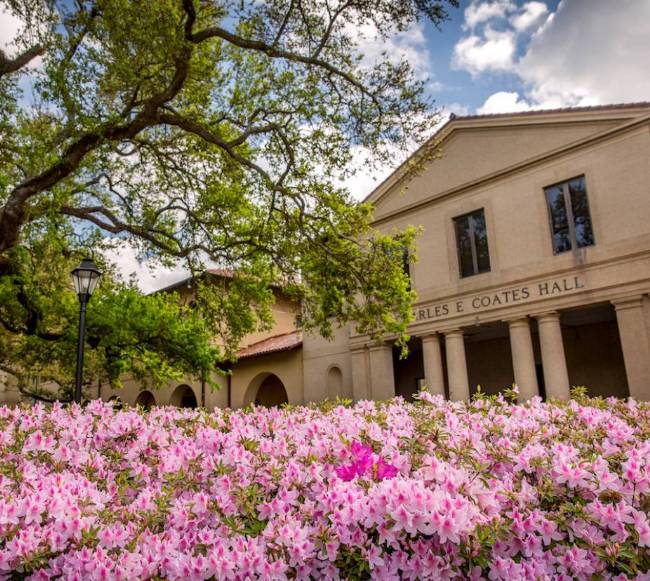LSU Researchers Partner with Policymakers, Builders to Enable Better Flood Protection and Lower Insurance Costs
August 07, 2025
Setting a New National Standard Post-Katrina

LaHouse, a resource and education center that opened in 2008, features 250 exhibits displaying building materials and techniques suitable for Louisiana's unique climate. The exhibits can be explored virtually or in person.
Flooding, the biggest risk to homes in Louisiana, continues to threaten investments and opportunities to build generational wealth. On top of flood losses, residents see insurance premiums increase without resources to help them make informed decisions and potentially lower costs.
In response to this problem, Carol Friedland, an engineer, professor, and director of LSU AgCenter’s LaHouse—short for Louisiana House—is working on developing a whole suite of tools together with more than 130 partners as part of a statewide Disaster Resilience Initiative.

Carol Friedland
“It’s all about providing people with the information and resources they need to get away from disaster-repair-repeat,” said Friedland. “People naturally want to live on the coast and near water, and there’s a way to do that sustainably, but not if we repeatedly build to fail.”
The American Society of Civil Engineers recently revised the minimum requirements for all structures subject to building codes and floodplain management regulations. The revisions cited years of research done by LSU AgCenter as backing for the changes, which are expected to reduce flood risks and lower insurance costs.
Twenty years after Hurricane Katrina devastated the Louisiana coast, a team of LSU researchers has driven the most significant overhaul of the nation’s flood loss reduction standards since 1973, transforming Louisiana-born research into a lasting, tangible impact on flood safety nationwide.
The effects of these changes will not only be seen in Louisiana but will influence the entire country as other flood-prone areas adopt the new standards and benefit from the research.
“Without the research by the LSU AgCenter, the advancements made to the elevation requirements would not have been possible.”
— Manny Perotin, Co-chair of the Association of State Floodplain Managers’ Nonstructural Floodproofing Committee
“Without the research by the LSU AgCenter, the advancements made to the elevation requirements would not have been possible,” said Manny Perotin, co-chair of the Association of State Floodplain Managers’ Nonstructural Floodproofing Committee, who helped update the standard. “Dr. Carol Friedland’s research shows there are better ways to protect communities from flooding than adding one foot of additional freeboard.”
As the AgCenter’s research led to guidelines, then to this new standard, Friedland has also been providing testimony to the International Code Council to turn the stronger standard into code. Friedland’s team is also working to increase energy efficiency in homes to help residents save money on utility bills.
Their HEROES program, an acronym for home energy resilience outreach, education, and support, is funded by the U.S. Department of Agriculture has already reached 140,000 people in Louisiana.
Turning Tragedy into Impact
Explore LSU’s role in response, recovery, resilience, and research following Hurricane Katrina.


